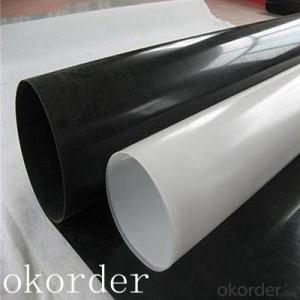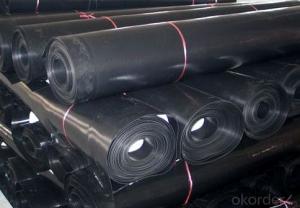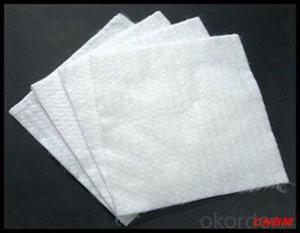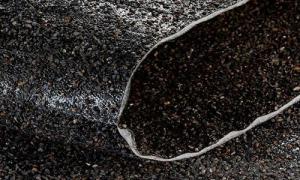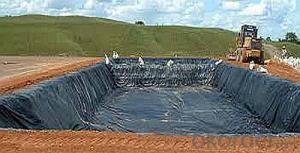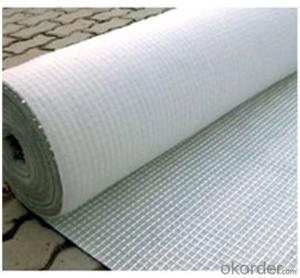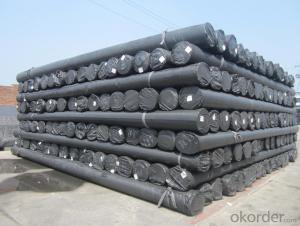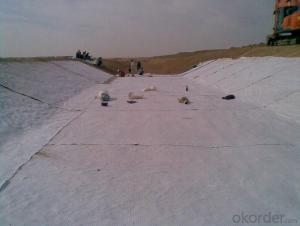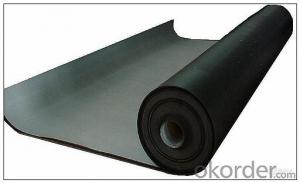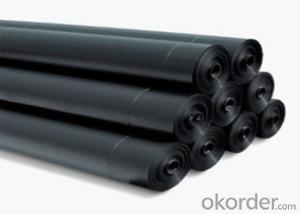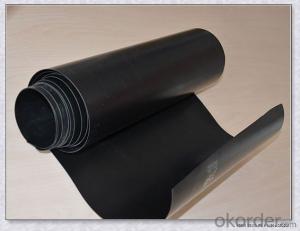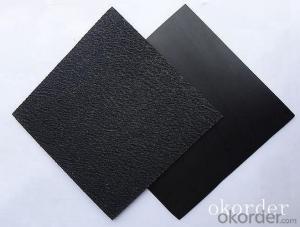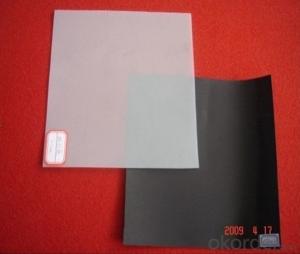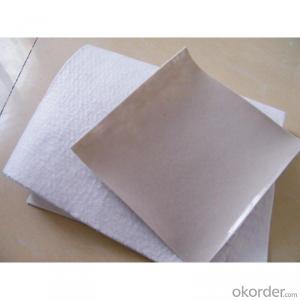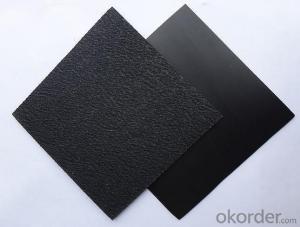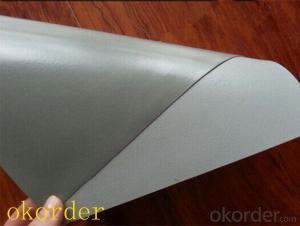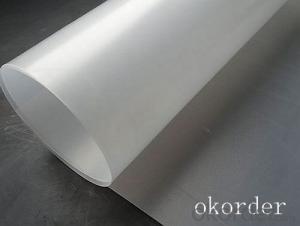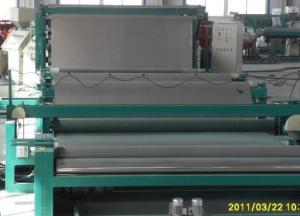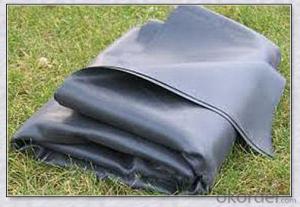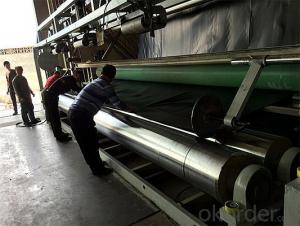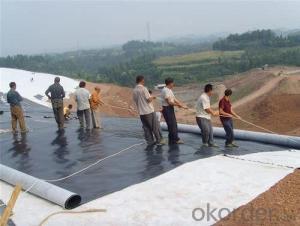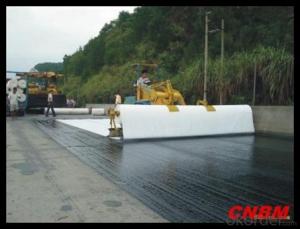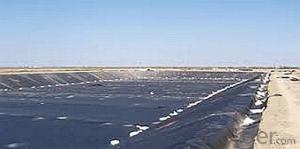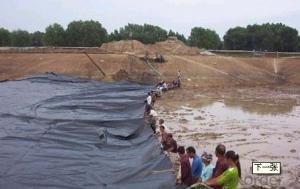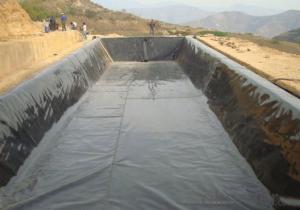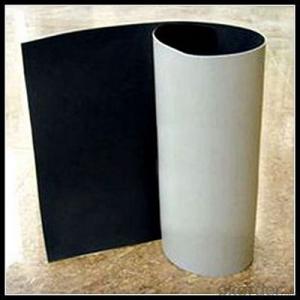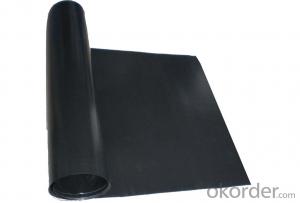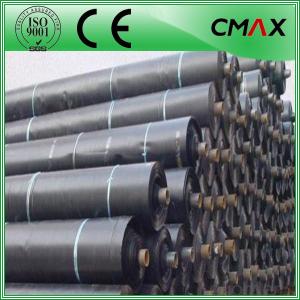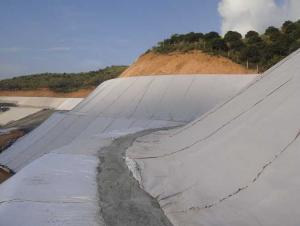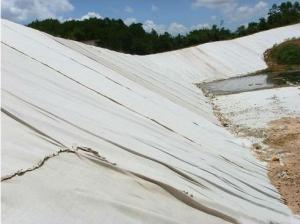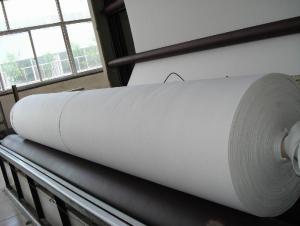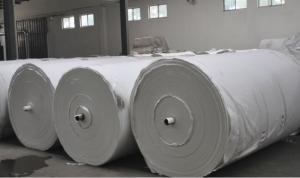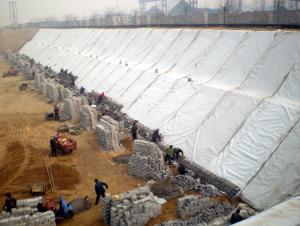Geomembrana Precio M2 Colombia
Geomembrana Precio M2 Colombia Related Searches
Geomembrana Precio M2 Geomembrana Precio M2 México Precio De Geomembrana Por M2 Geomembrana Precio Mexico Precio De Geomembrana Harga Geomembrane Per M2 Precio De La Geomembrana Precios De Geomembrana En Mexico Geomembrana De 1 Mm Precio Geomembrana 1.5 Mm Precio Geomembrana Pvc Precio Geomembrana De Pvc Precio Tanques De Geomembrana Precios Geomembrane Price Venta De Geomembrana Harga Geomembrane Cuanto Cuesta La Geomembrana Rollo De Geomembrana Precio Venta De Geomembrana En Mexico Venta De Geomembrana En Lima Estanques De Geomembrana Precios Venta De Geomembrana En Honduras Geomembrane Cost Geomembrana 1 Mm Geomembrana Mexico Geomembrana En Guatemala Geomembrana Para Lagos Geomembrana Para Techos Buy Geomembrane Venta De Geomembrana En PueblaGeomembrana Precio M2 Colombia Supplier & Manufacturer from China
Geomembrana Precio M2 Colombia is a high-quality geomembrane product that is widely used in various applications such as water reservoirs, landfill liners, and canal linings. This product is specifically designed to provide excellent waterproofing and sealing capabilities, ensuring the integrity and longevity of the structures it is used in. The geomembrane is made from durable materials that can withstand harsh environmental conditions and chemical exposure, making it a reliable choice for a multitude of construction and engineering projects.The application and usage scenarios of Geomembrana Precio M2 Colombia are vast, as it can be employed in a variety of industries. For instance, it is commonly used in the construction of water storage facilities, where its impermeable properties help to prevent water loss and contamination. In landfills, this geomembrane serves as a critical barrier that prevents the leakage of hazardous waste and protects the surrounding environment. Additionally, it is utilized in the lining of canals and irrigation systems, where its strength and flexibility ensure the efficient flow of water without seepage. The versatility of Geomembrana Precio M2 Colombia makes it an essential component in numerous civil engineering and environmental projects.
Okorder.com is a leading wholesale supplier of Geomembrana Precio M2 Colombia, boasting a large inventory that caters to the diverse needs of clients across different sectors. As a reputable supplier, Okorder.com ensures that the products they offer meet the highest industry standards and are sourced from reliable manufacturers. This commitment to quality and customer satisfaction has made Okorder.com a trusted partner for businesses and contractors looking to procure high-performance geomembranes for their projects. By offering competitive prices and efficient delivery, Okorder.com continues to be a preferred choice for those in need of Geomembrana Precio M2 Colombia.
Hot Products


